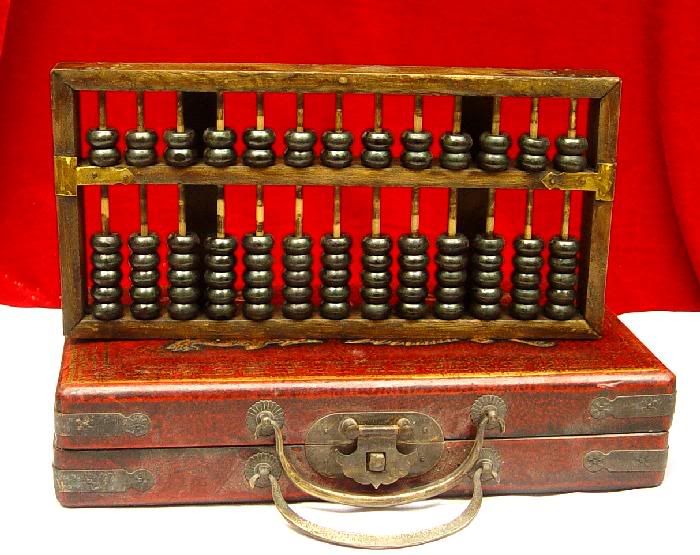Balance
/ It is a standard of Chinese martial arts that one should cultivate balance. When I learned my first broad sword form (wuhudao) my teacher, Bing Gong, had me learn it with the sword in the left hand because I am left handed. This meant that I had to learn a mirror image of the form he did. Being the precocious kid that I was, I taught myself the right hand too.Later a second teacher, George Xu, taught me another sword form (baxianjian). At the beginning I suggested that perhaps I should learn it left handed. His response was memorable, and classic gongfu-teacher-speak, "You don't have any idea how to use either hand...yet." (I learned it right handed.)
It is a standard of Chinese martial arts that one should cultivate balance. When I learned my first broad sword form (wuhudao) my teacher, Bing Gong, had me learn it with the sword in the left hand because I am left handed. This meant that I had to learn a mirror image of the form he did. Being the precocious kid that I was, I taught myself the right hand too.Later a second teacher, George Xu, taught me another sword form (baxianjian). At the beginning I suggested that perhaps I should learn it left handed. His response was memorable, and classic gongfu-teacher-speak, "You don't have any idea how to use either hand...yet." (I learned it right handed.)Balance can be measured or assessed in a number of different ways. Here is a short list which I will elaborate on in a future post:
TYPES OF BALANCE

- What is Comfortable to use: One's preference for left or right can be balanced by using the "good side" less
- Body shape and size (including balancing muscles on the left with muscles on the right). Think losing muscle to get to balance, instead of building muscle to get there.
- Weight distribution (front to back and side to side)
- Range of motion (functional range of motion and optimal range of motion.)
- Muscle strength or weakness as distinct from size
- Ability to move qi, fluids, micro-articulation of circles (or other shapes)
- Since the internal organs are never balanced in terms of weight and size they can be balanced in the sense that they can all be felt with equal clarity.
- Multiple layers of qi. Starting a Weiqi (the feeling of the surface of the body) and then going inward layer by layer, sensing left to right, front to back or top and bottom.
- Balance is also part of complete embodiment. What feels balanced?
- Lack of balance in range of motion lower down in the body effects the verticalness of the spine and all angles above the hips? The levelness of the hips dramatically effects the verticalness of the spine.
- Fighters know that you can have a 'blind spot,' a place in your preception where you don't sense things very well. For instance punches that come from a certain angle are more likely to hit you. These can and should be 're-embodied.
